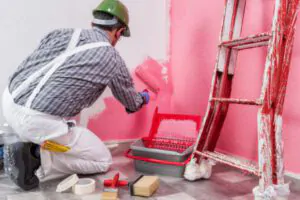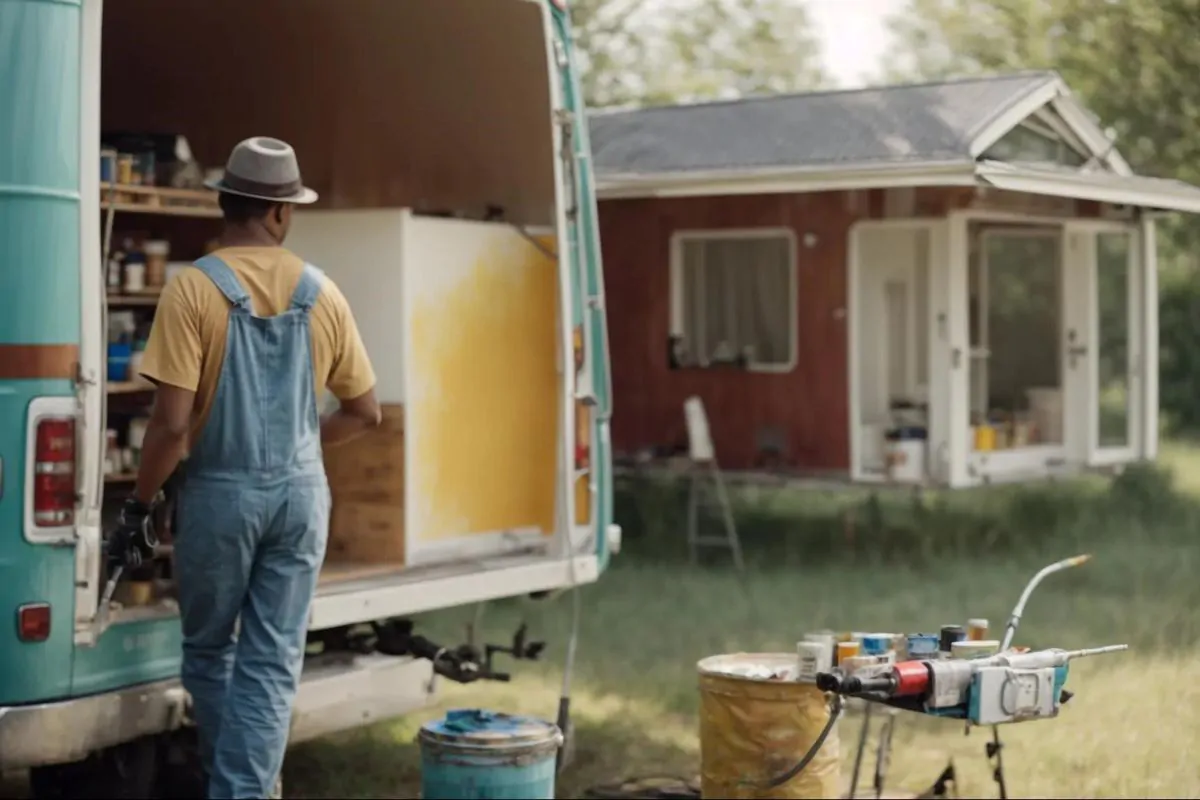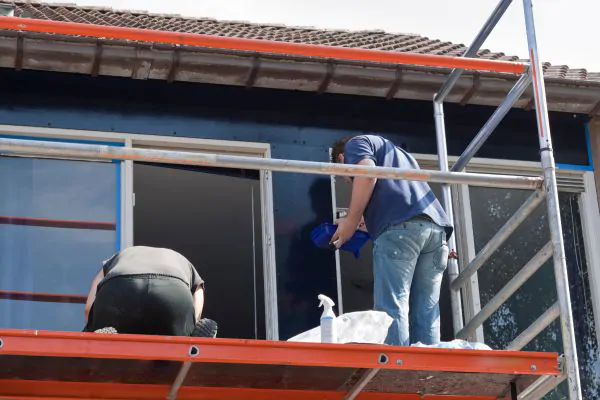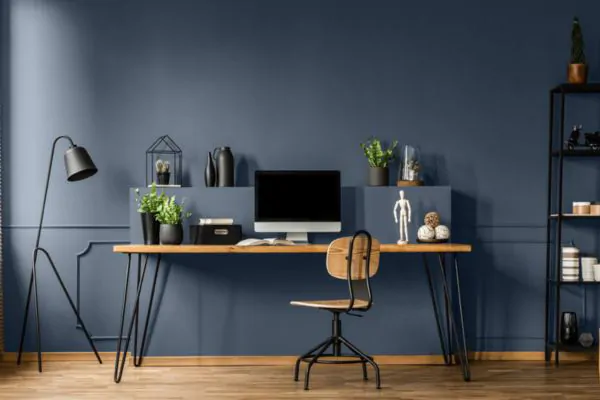When embarking on a painting project for your home’s interior, one of the essential aspects to consider is furniture movement. Understanding the role of painters in furniture relocation can save you from potential headaches and ensure a smooth painting process. In this blog, we’ll delve into the general practices of painters, the factors affecting furniture movement, and the different types of furniture movement options available during a painting project.
General Practices of Painters

Communication is key when it comes to furniture movement during a painting project. Professional painters emphasize the importance of discussing this aspect during the initial consultation. By communicating your expectations and concerns regarding furniture relocation, painters can plan accordingly and provide you with accurate estimates.
One common assumption homeowners may have is that painters will automatically move the furniture. However, this isn’t always the case, and it’s crucial to clarify this with your chosen painting service. Some painters offer furniture movement as part of their services, while others may leave it up to the homeowners.
Preparing the space is another aspect of general painting practices. To protect your furniture, painters may cover it with drop cloths or plastic sheeting. This precautionary measure prevents accidental paint splatters or spills from damaging your belongings.
Factors Affecting Furniture Movement
Several factors can influence whether painters move furniture or not. The scope of work is a significant factor in determining the need for furniture relocation. If you’re painting the entire interior of your home, moving furniture away from the walls or into the center of the room might be necessary to access all areas effectively.
Homeowner preferences also play a crucial role. Some homeowners may prefer to handle furniture movement themselves to ensure it’s done to their satisfaction. On the other hand, if you have heavy or bulky furniture, professional movers may be required to handle the task safely and efficiently.
The size and weight of your furniture can impact its movement. Large, unwieldy pieces may require specialized equipment to relocate without causing damage.
Types of Furniture Movement
During a painting project, there are various options for furniture movement:
· Full Furniture Relocation

In this scenario, painters may completely move your furniture to another location within your home. This approach allows for comprehensive painting coverage without any obstructions. However, keep in mind that you’ll need to clear the designated area in advance to accommodate the furniture.
· Partial Furniture Relocation

If you have heavy or immovable furniture, painters may opt for partial furniture relocation. They might move the furniture away from the walls to create enough space for painting. Alternatively, they may move furniture into the center of the room, allowing them to work around the perimeter.
· Furniture Covering

For furniture that cannot be easily moved or requires extra protection, painters may cover it with drop cloths or plastic sheeting. This method safeguards your furniture from accidental paint spills or splatters during the painting process.
· Furniture Disassembly and Reassembly

If your furniture includes complex or delicate pieces, such as large cabinets or intricate shelving units, painters may recommend disassembling them before painting. This step ensures a more thorough and even paint application while reducing the risk of accidentally damaging intricate details. After the painting project is complete, painters can then reassemble the furniture to its original condition, leaving your space both beautifully painted and furniture intact.
Related Post: Five Reasons to Hire a Professional House Painter
· Special Considerations for Valuable or Antique Furniture
If you own valuable or antique furniture, it’s essential to discuss specific considerations with your painters. Antique pieces may require extra care during the painting process to preserve their historical value and aesthetics. Professional painters with experience in handling delicate items can offer advice on the best approach and ensure your treasured possessions are treated with the utmost respect.
· Temporary Storage Solutions
In some cases, furniture may need to be temporarily stored outside of the home during an extensive painting project. If you have limited space within your home to accommodate the furniture or if certain areas are being remodeled simultaneously, painters may suggest temporary storage solutions.
You might like: Plaster vs. Drywall
Conclusion
In order to have a successful and stress-free experience when painting, it is vital to understand the expectations regarding the mobility of furniture before beginning the project. Discuss furniture movement with your painters and consider the scope of the project, homeowner preferences, furniture size, and weight.
Knowing your furniture moving options helps you choose the best one for your home and valuables. A well-prepared painting technique will produce stunning and long-lasting interior results. Happy painting!
Expert Painters of MA

Superior services for both residential and commercial properties can be yours from our dedicated and hardworking painters. You can count on flawless painting, easy furniture relocation, and meticulous care. We’ve been a trusted name in plastering and painting in MA for years. Contact Quality Preferred Painting today!








